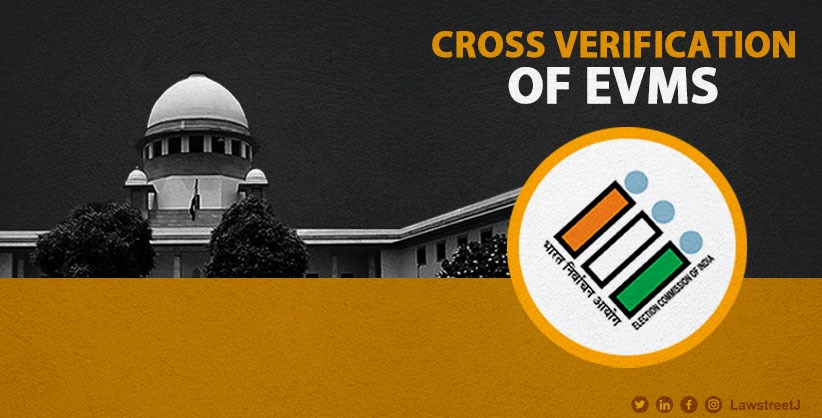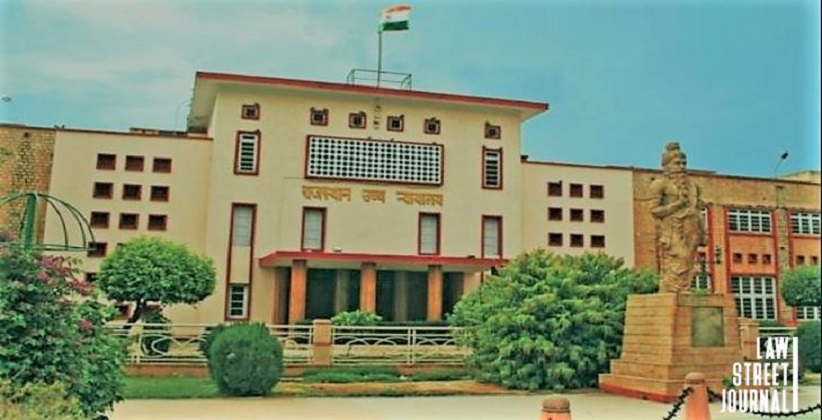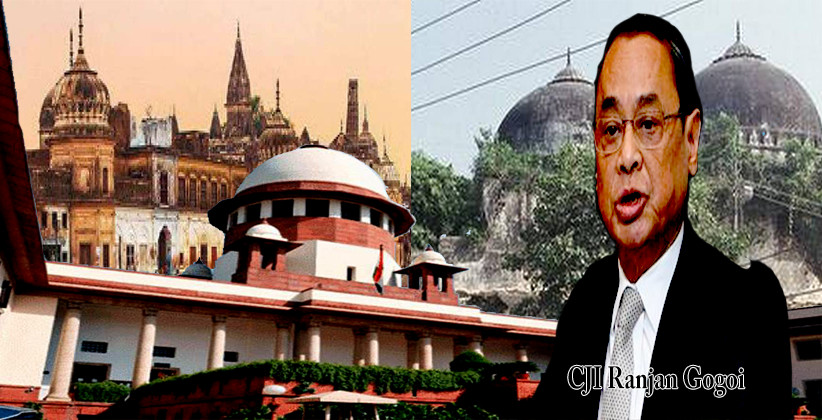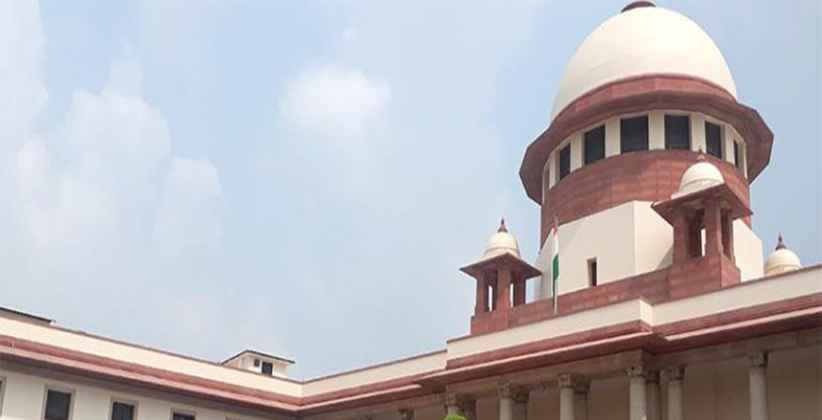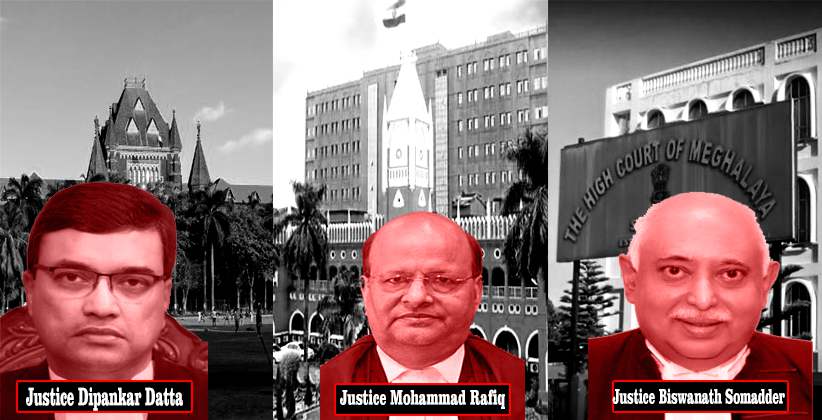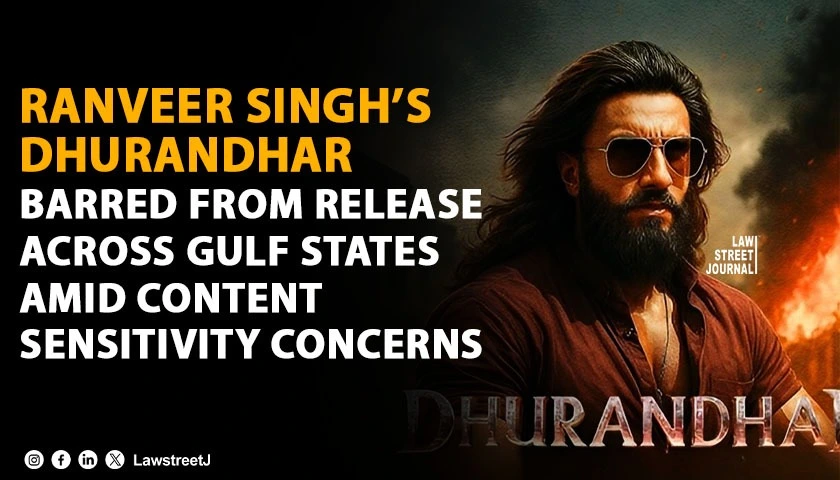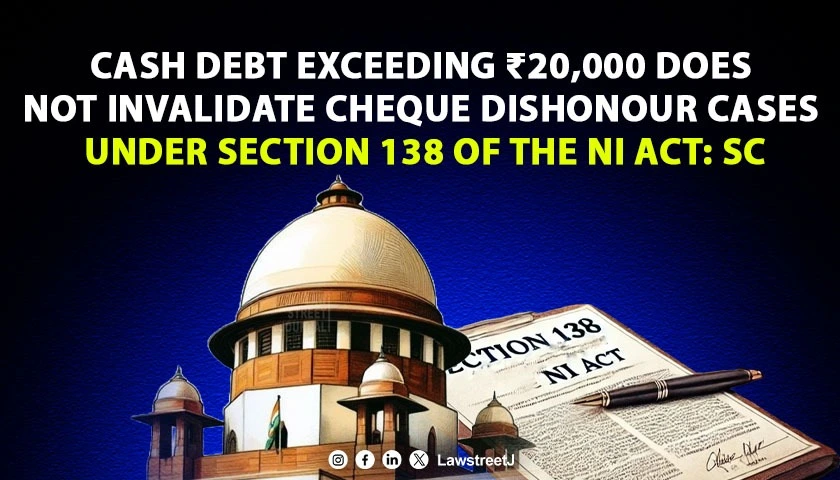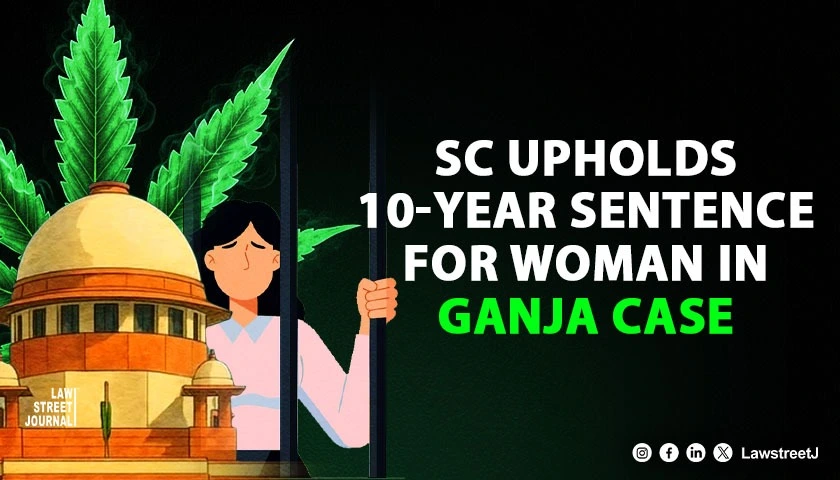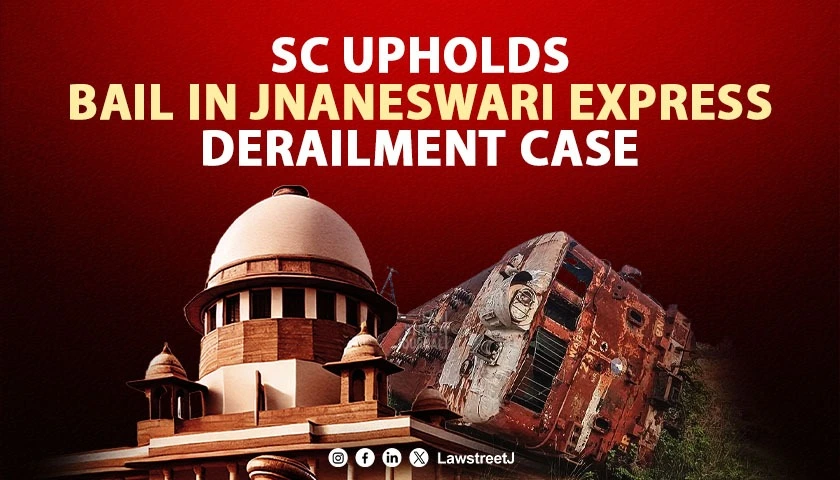NEW DELHI: The Supreme Court Monday asked the Election Commission to file a response to a plea to cross verify the count in EVMs with votes that have been verifiably recorded as cast by the voters themselves, i e, the VVPATs in the Electronic Voting Machines during the polls.
A bench of Justices Sanjiv Khanna and Bela M Trivedi sought a reply from the constitutional body on the PIL by NGO 'Association for Democratic Reforms'.
As advocate Prashant Bhushan opened the arguments for the NGO, the bench asked if we are not sometimes over suspicious.
Bhushan responded that sometimes the registers and the vote counts do not match, as only few VVPATs were being tallied with EVM vote counts.
The plea sought a direction to the EC to give full effect to the Supreme Courts directions issued in 'Subramanian Swamy vs Election Commission of India' (2013).
The court had then held that paper trail is an indispensable requirement of free and fair elections and directed the ECI to introduce Voter Verifiable Paper Audit Trail (VVPAT) in Electronic Voting Machines.
However, in case of 'N Chandrababu Naidu vs Union of India', (2019), the Supreme Court had directed the EC to count VVPATs in five polling stations per assembly constituency as opposed to the prayer in the writ petition for counting of 50% VVPATs across the country.
The court had at that point in time also said that, the proximity to the election schedule announced by the EC must be kept in mind" and the poll panel also said because of this declaration of result of election could be delayed by 5-6 days".
The plea stated, "The requirement of the voter verifying that her vote has been recorded as cast is somewhat met when the VVPAT slip is displayed for about seven seconds after pressing of the button on the EVM through a transparent window for the voter to verify that her vote has been recorded as cast on the internally printed VVPAT slip before the slip falls into a ballot box.
However, there is a complete vacuum in law as the EC has provided no procedure for the voter to verify that her vote has been counted as recorded which is an indispensable part of voter verifiability. The failure of the EC to provide for the same is in the teeth of purport and object of the directions issued by this court in paragraphs 28 and 29 of Subramanian Swamy case, (2013)," the plea said.
The plea argued that the prevalent procedure wherein the EC only counts the electronically recorded votes in all of the EVMs and cross verifies the relevant EVMs with the VVPATs in only five randomly selected polling stations in each assembly constituency.
The electronic recording of the voters choice in the EVM does not meet the criteria of vote being verified as recorded as cast as the voter only verifies the VVPAT; There is no way for any of the voters to verify that their individual vote has actually been counted as recorded because there is no procedure provided for by the EC for them to match the VVPATs that they had certified as being recorded as cast with what is actually counted, the plea stated.
The plea also sought a direction to declare as unconstitutional the Conduct of Election Rules, 1961, and the practice and procedure of ECI to the extent that they violate the fundamental right of the voters to verify through VVPATs that their vote has been recorded as cast and counted as recorded'.
The plea also pointed out that during the 2019 general elections there were EC acknowledged instances, where there was variance in the results captured in the EVMs and that of the VVPATs.

